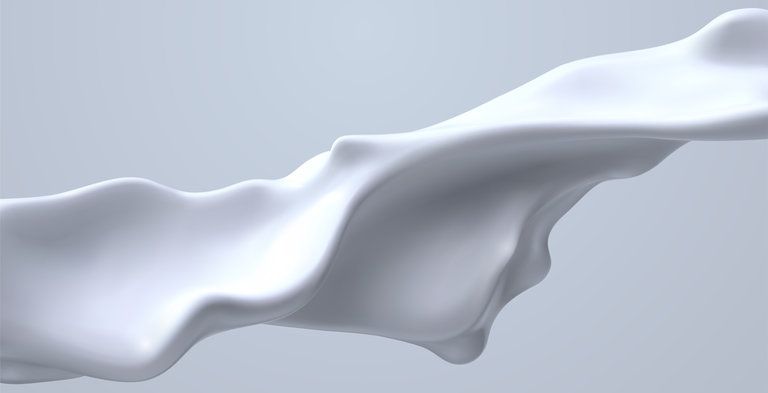Over the years, fluid formulations have taken grasp on the skincare market, and now more than ever it continues to flourish! Between 2019 and 2021, in Europe, North America and APAC, we've seen in skincare a big rise of fluid formats (serum, drop, essence, oil, ampoule): +32.7% of products launched in this texture type*. From setting sprays to body mists to sheet masks, serums, and essences, it’s hard to imagine these liquid formulas are going away anytime soon.
Fluid emulsions formulation
Fluid emulsions are difficult to stabilize. The lower the viscosity, the more difficult it is to stabilize the emulsion. The Stockes equation explains us that the migration of the droplets is in function of their radius, the density and is highly impacted by the viscosity of the external phase. Indeed, a higher viscosity reduces the ability of droplets to move within the external phase, preventing them from merging, which reduces the risk of creaming and sedimentation.
For many times, formulators have used the HLB method of Griffin (Hydrophilic-Lipophilic Balance) to obtain stable emulsion. Then, other processes have been used to improve fragmentation during the process in order to obtain thinner droplets and so stable emulsion: like PIT process or 3 phases process. The evolution of these methods to have a stable emulsion is therefore related to the evolution of surfactants, in particular the development of complex structures or mixtures.
A challenge for formulators
Although they seem simple, fluid emulsions are not easy to formulate. While water based serums' main issue is to get a nice non-tacky skin feel (which Seppic polymers can help with!!), liquid emulsions with high quantity of oil are hard to stabilize. Most of the time they require the use of an emulsifier that will create a fluid emulsion, but also allow to stabilize the oil droplets even in a low viscosity product. Without the need to heat, because there are usually no butters or wax in fluid emulsions, it would be a waste of energy and time to have to heat just to formulate with the emulsifier. That’s where FLUIDIFEEL™ EASY steps in!
What are the benefits?
FLUIDIFEEL™ EASY is a natural origin and sustainable oil-in-water emulsifier dedicated to sprayable, fluid to ultra fluid formulations. It can be used for every market : make-up, skincare, haircare & hygiene. It creates glossy and comfortable formulations with a very light and soft skin feel. FLUIDIFEEL™ EASY is cold processable and tolerant to electrolytes, the best and easy way to formulate!
FLUIDIFEEL™ EASY meets the challenge of stabilizing fluid formulations, with an optimal rheological profile:
- Low yield stress
- Shear Thinning
- Slightly thixotropic
- Elastic behaviour
Here are just a few examples of the capabilities of FLUIDIFEEL™ EASY:
On-the-go moisturizing body fluid
(EU07382)
A minimalist body lotion, for easily hydrated skin. FLUIDIFEEL™ EASY is the perfect emulsifier in this fluid formula with its nude skin feel. It brings comfort and softness during application.
A mist to detox, revitalize and rehydrate tired and dehydrated skin. FLUIDIFEEL™ EASY creates a fluid, sprayable and light emulsion.
INSTA SHIELD FOUNDATION
(EU07610)
FLUIDIFEEL™ EASY is compatible with hydrophilic pigments. It gives this light, comfortable, soft and nude skin feel. and create this “serum-like” texture.
At a time when fluid textures are increasingly sought after in cosmetics to meet consumers' need for lightness and ease of application, raw material suppliers must offer solutions to formulators. FLUIDIFEEL™ EASY , is an easy-to-use emulsifier to create fluid and even very fluid emulsions, while meeting the current expectations of naturalness and sustainability.
*Mintel dat

